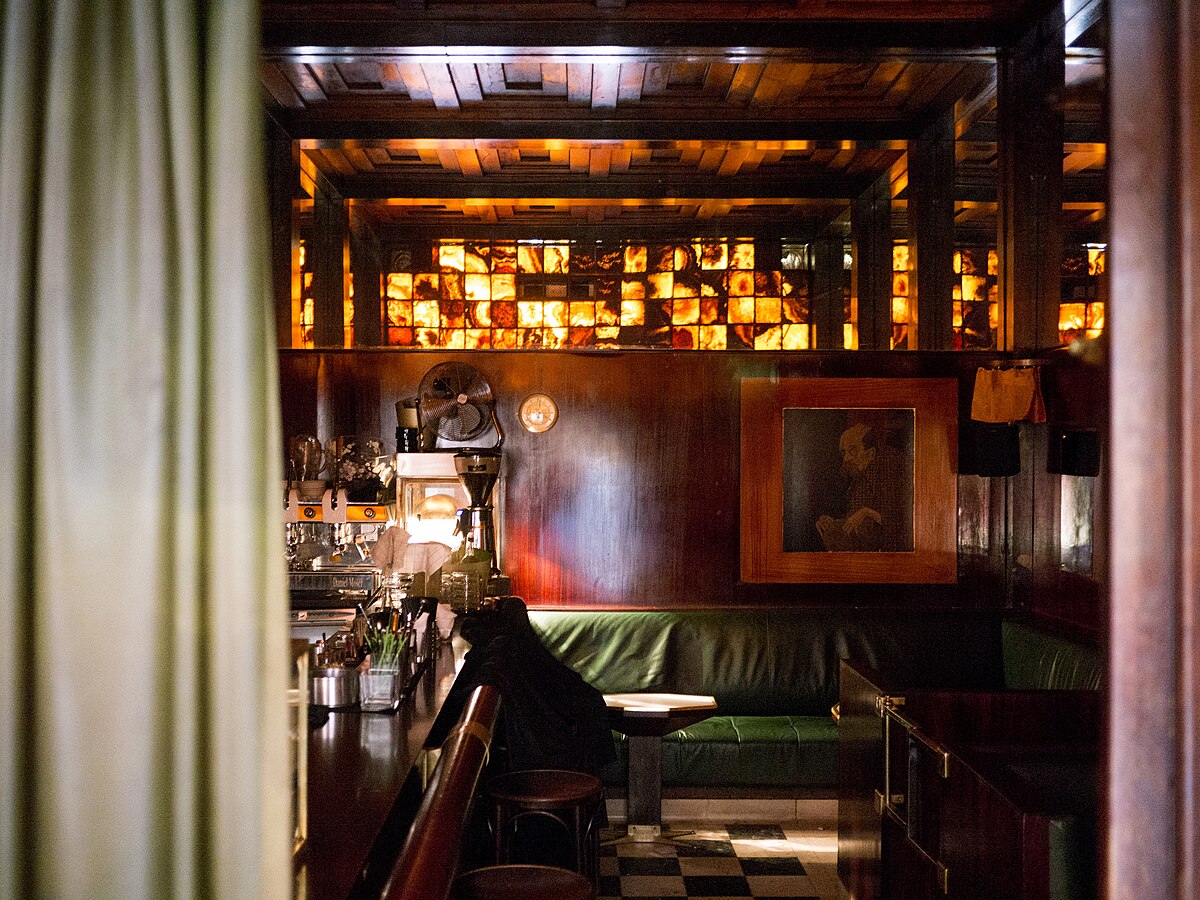Black excellence and its southern charm: Styling in Sinners
If you’ve had the privilege to see the film Sinners, you’ll be aware of the intentionality threaded through every aspect of this film: everything from the lighting to the filmography replicates an immediately immersive American deep south. The thematic importance of Black expression is integral when considering the blues tradition. It is no surprise that, in collaboration with Ruth E. Carter, the costuming of the film reproduces a detailed Black excellence in a visual format fit for the silver screen, one that speaks to the resilience of and resistance of communities in the 1930s who found some respite and solace in the art of singing and dancing at their local juke joint.
Using music as a point of departure, the fashion in the film as committed to historicity, understands how the sharecropping roots of the blues genre allowed more autonomous decisions for Black communities in enabling the ‘self-made’ hand-me-down style to thrive
“There are legends with the gift of making music so true it can pierce the veil between life and death”. Ryan Coogler’s Sinners is a musical horror that highlights the cultivation of a music genre which is inherent to the struggles of the African American existence – personal woes, lost loves, the cruelty of police officers and oppression at the hands of white folk were a common theme and rendition of a harsh reality used to fuel the production of music. The film is based on that same premise –the larger metaphor of vampirism, the bloody struggles of the traumatic night are placed in direct contention with and arguably made worthwhile by the pure joy amassed in the opening night of the juke.
With Micheal B Jordan doubling in this film as the twins Smoke and Stack, Carter curated a contrasting and aged look from the modern characters that have returned to the Mississippi Delta from the rapidly urbanizing Chicago. Each of the twins’ personalities become encoded in the dress of the era. The perfectionism seen in Smoke’s character is seen in the fashion forward detailing in his more fitted suit, whereas the practical and level-headed Stack is seen in looser material which is closer to the secondary cast of characters denim work wear. Clothing in this movie doubles down on the thematic blues and the melancholy as motivation for resistance, Enslaved people had to find ways to extend the usefulness of poor-quality material through reuse and adaptation. Using music as a point of departure, the fashion in the film as committed to historicity, understands how the sharecropping roots of the blues genre allowed more autonomous decisions for Black communities in enabling the ‘self-made’ hand-me-down style to thrive.
Typically characterised by a large hoop skirt with layers and layers of fabric, in favour of the freedom of movement and practicality the female leads in this film embody those core ideals whilst their individual styles remain true and unique to themselves
With an accurate cross-section of the diverse population of the American south present in the film it is no surprise that the women are dressed to the nines in a reappraisal of the ‘Southern Belle’ image. The traditional Southern woman is understood to be an attractive upper-class from the Southern states of the US, especially one perceived as having a wild, flirtatious, or steely character concealed beneath an outwardly demure appearance. Typically characterised by a large hoop skirt with layers and layers of fabric, in favour of the freedom of movement and practicality the female leads in this film embody those core ideals whilst their individual styles remain true and unique to themselves. Annie being the emotional anchor of the film is decked out in a dress that fits her specific spiritual energy, an immediate signal to the audience that the practice of Hoodoo in New Orleans and the type of holistic medicine associated with women like Annie in the period necessitates a deep understanding of one’s self, awareness based in a rich cultural heritage allows clearer understanding of strengths, weakness, thoughts and values. Her silk dress, Hoodoo bad and earrings complete a decked-out woman who uses that very image to secure her knowledge of what she knows to be just and true. Wunmi Mosaku in an interview with W Magazine on Annie’s profession perfects how details in the costuming opened a well of history she states: “It’s part of the message of the film: knowing who you’re from, being in touch with your ancestry, and learning how their purpose is now manifested in you.” Mary’s character is Belle like in the surety of self – as an outsider to this core group, being married to a wealthy man as a white woman herself it only makes sense that the horror of the film is first channelled through her character. In avoiding spoilers as much as possible let’s just say that the white dress makes a perfect backdrop for all the blood that eventually stains the silk.
Through the progression of the film, we see the twins slowly stripped from their full suits to simple waistcoats at the bar, to the final emotionally stripped dress of Stack in the blood-stained simple white vest. The systems of popular music such as gospel blues and urban blues are brought in a culmination of the appearance of renowned artist Buddy Guy, and the meticulous detailing brings together the joy of Black fashion as the originators of Blues music.

Comments